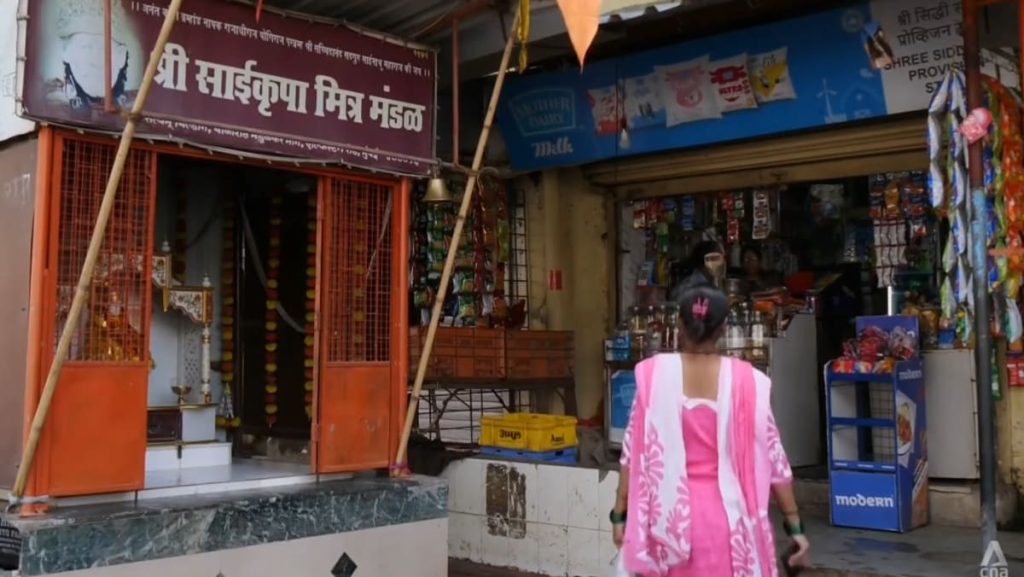Summarize this content to 2000 words in 6 paragraphs AVAILABILITY OF CHEAP LABOUR
Mukesh’s performance is tracked – and scored – by the app, and every journey he makes within time puts him at a better chance of securing his next gig.
Each delivery earns Mukesh between 20 rupees (US$0.25) and 70 rupees. In a typical 10-hour day he can make over 20 deliveries, earning an average of US$10, just enough to get by.
The easy availability of cheap labour is one of the factors that makes these so-called “last minute” grocery apps viable in India.
Alongside Swiggy – which is backed by Japan’s Softbank – other apps offering similar services include Zomato’s Blinkit and Zepto.
It is big business. Swiggy, for instance, is planning an initial public offering (IPO).
According to global investment banking firm Goldman Sachs, quick commerce makes up about US$5 billion – or almost half – of India’s online grocery market. It forecasts that by 2030, the fast delivery segment will account for 70 per cent of an online grocery market that will be worth US$60 billion.
Speed and convenience means many urbanites now rely on apps for most of their shopping, with some even opting to get just one item like a carton of milk or bar of soap delivered at a small delivery fee.
“If we order things on Blinkit or any other online shopping app, we get some discounts. It’s easy. We don’t visit the shops anymore,” said one shopper.


